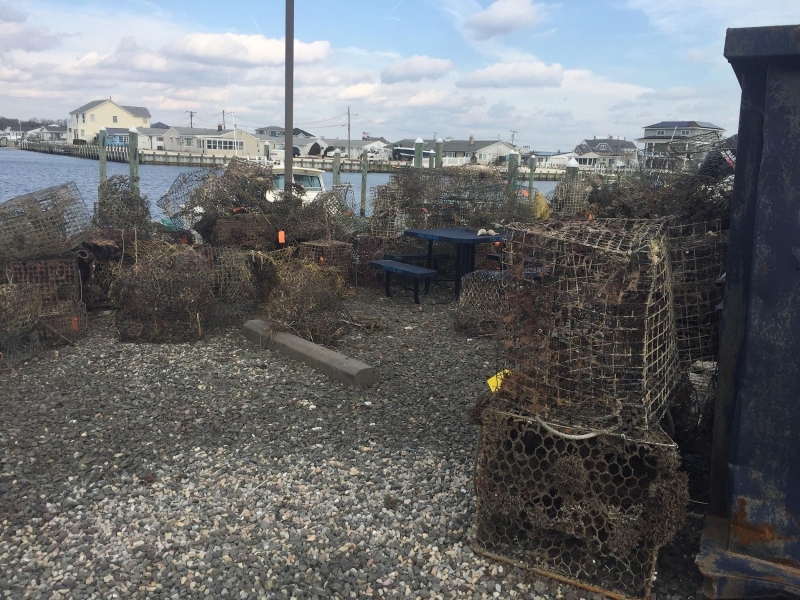The Conserve Wildlife Foundation of New Jersey is teamed up with the NOAA Marine Debris Program to continue their work finding and removing derelict crab pots in New Jersey’s southern coastal bays.
Type of Project: Community-based Marine Debris Removal Grant
Region: Mid-Atlantic
Project Dates: August 2017 - July 2019
Who is involved?
The Conserve Wildlife Foundation of New Jersey (CWF), supported by a second NOAA Marine Debris Program Community-based Marine Debris Removal grant, continued its partnerships with local crab fisherman and Stockton University to retrieve derelict pots in Barnegat Bay, New Jersey. CWF also continued to work with the Marine Academy of Technology and Environmental Sciences (MATES), a specialized high school that focuses on marine and environmental sciences. Students from this program helped to collect and analyze data from retrieved crab pots to help better understand the impacts of this marine debris on the coastal New Jersey environment.
What is the project and why is it important?
Derelict crab pots can pose a threat to navigation, and can cause wildlife entanglement and entrapment of species such as the diamondback terrapin in New Jersey. When ghost fishing occurs and pots continue to catch commercial species after the pot has been lost, it can cause financial losses for fishermen. Through this project, CWF continued their efforts to survey, map, and remove derelict crab pots in Barnegat Bay, NJ. Building off the successes and lessons learned from a 2015 NOAA Marine Debris Program grant as well as their productive relationship with local crabbers, CWF worked to remove 947 additional derelict pots resulting in 6,280 pounds of debris removed in Barnegat Bay . In addition to removing pots, CWF gained a better understanding of the annual cycle of pot loss in New Jersey crab fisheries and the impacts of gear on different species. To help reduce gear loss in the future, the project educated the public and crabbing communities through presentations and outreach materials such as interpretive signs to be displayed at boat launches. In total, the project reached 2,427 community members, more than 600 K-12 students, and 78 university students.
 An official website of the United States government.
An official website of the United States government. 

